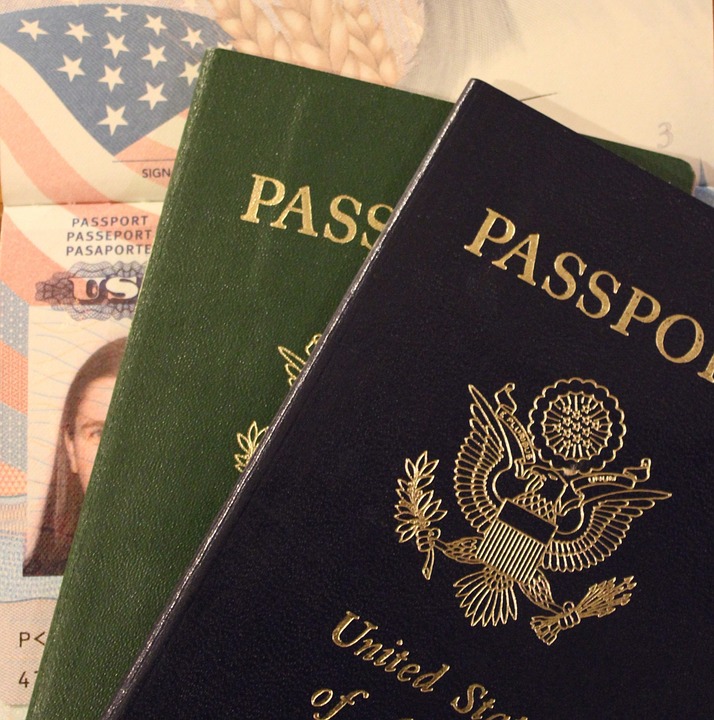The White House is preparing to release a broad outline of proposed immigration reforms aimed at unifying congressional Republicans on the issue, following months of discussions between senior adviser Jared Kushner and dozens of conservative groups, senior administration officials tell CNN.
But the proposal is short of concrete details and omits discussion of the Obama-era Deferred Action for Childhood Arrivals program that Democrats have repeatedly said they want resolved.
President Donald Trump is slated to unveil the plan Thursday, the administration officials said. The White House is selling the plan as addressing border security and moving toward a merit-based immigration system, which gives preference to highly skilled and educated individuals.
“We want to start by trying to anchor the discussion by defining border security, defining what the legal immigration should be and then seeing if we can unite Republicans around it and then also unite Republicans around the fact that we’re not looking to change the number of legal immigration,” one of the officials said. “We’re just looking to change the composition.”
From the get-go, its future on Capitol Hill is fraught, as lawmakers fine-tune their own immigration legislation.
On Wednesday, Sen. Lindsey Graham, who chairs the Senate Judiciary Committee, introduced legislation that would, in part, change the asylum process, saying that “the White House’s plan is not designed to become law.”
“The White House plan is trying to unite the Republican Party around border security and merit-based immigration. I am trying to get some relief to our Border Patrol agents,” the South Carolina Republican told reporters. “I’m trying to put a dent in the smuggling business and keep kids from going on a journey that’s got to be hell.”
Kushner has been working behind the scenes to pull together a proposal designed to revamp the country’s immigration system. The plan tries to accomplish six goals, according to officials: securing the border; protecting American wages; attracting and retaining highly skilled immigrants; focusing on legal migration for immediate family; attracting labor in critical industries; and preserving humanitarian values.
While it’s unclear how those goals will manifest, the officials indicated that there would be changes to both family-based migration by focusing on kids and spouses and the diversity visa lottery, which allots a certain number of visas to countries “with historically low rates of immigration to the United States.”
Officials said the principles, if implemented, would shift away from a majority of individuals coming into the US based on family ties to having a majority coming in based on skill and employment.
The officials touted Australia, New Zealand, Canada and Japan as examples of where merit-based immigration systems work.
